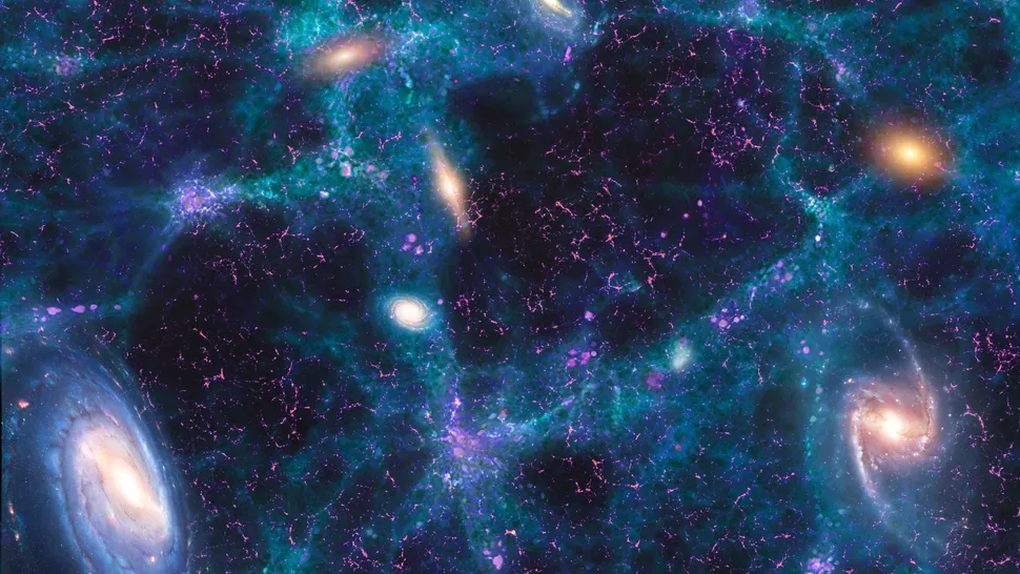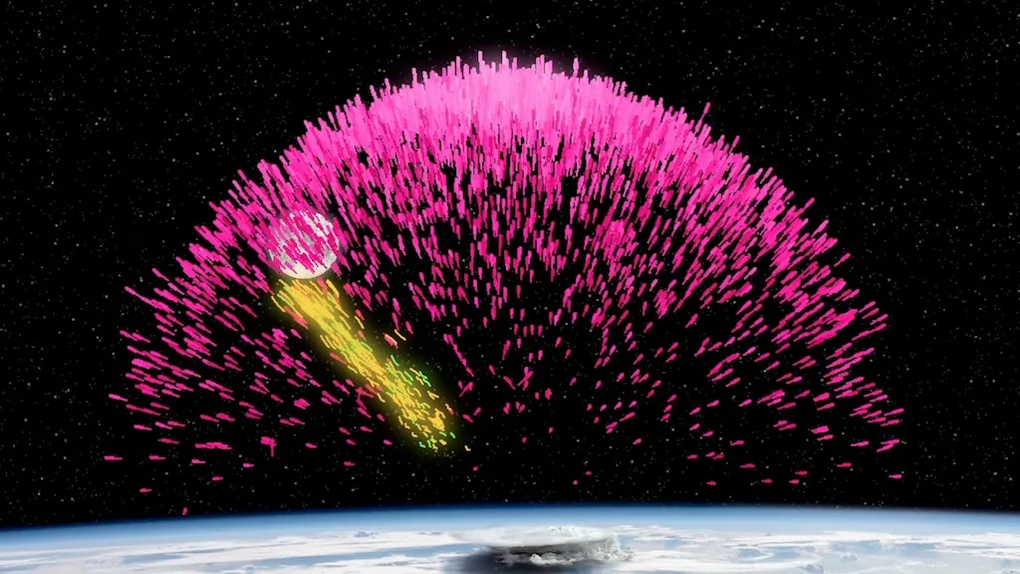Is there any reason to explain why the universe exists, or in other words, why everything exists and is not just nothingness?

Scientists have discovered that the universe exists because it began with a slight imbalance of matter and antimatter. Matter particles—that is, all the electrons, protons, and neutrons in the atoms and molecules of ordinary matter—are different from antimatter particles, which have opposite charges but are similar in many ways.
Matter and antimatter don't mix well. When their particles collide, they annihilate each other in a violent gamma-ray burst. Fortunately, antimatter is extremely rare today. Although antimatter played a fundamental role in the formation of the universe, the fact that there is so little of it remains one of the great mysteries of cosmology.
Antimatter was predicted by British physicist Paul Dirac nearly 100 years ago in his pioneering work on quantum mechanics, and it was confirmed experimentally in the 1930s. Today, scientists can create antimatter in particle colliders such as the Large Hadron Collider.
But according to Pasquale Di Bari, professor of physics and astronomy at the University of Southampton, UK, Dirac predicted that there should be equal amounts of matter and antimatter. However, the fact that there is now very little antimatter and a lot of matter – including all the stars in all the galaxies in the universe, although some scientists have suggested that there might be “antigalaxies” or “antistars” – is a major scientific problem.
“We think the universe started out with a 50-50 matter-antimatter ratio in the Big Bang, but very quickly became dominated by matter,” says nuclear physicist Tara Shears of the University of Liverpool, UK. “For this to happen, there would need to be a very small difference, or asymmetry, in the behaviour of matter and antimatter that would eventually allow one to dominate the other.”
But “this discrepancy is not predicted, not understood and certainly not explained,” Shears continued. “Understanding this discrepancy is the problem we want to solve; this is the matter-antimatter asymmetry problem.”
According to Dirac, the terms “matter” and “antimatter” were largely arbitrary. “Matter” referred to ordinary particles, and “antimatter” referred to antiparticles—but it could also have been the other way around. Had they not largely been annihilated, the antimatter particles might have formed a universe of antiatoms and antimolecules. Ultimately, whatever predominated was called matter, and its opposite was called antimatter.

What's left of the universe
From observations with particle accelerators, traces of antimatter decay in astronomical spectra, and gravitational waves, physicists are trying to better understand why there is this huge, unexplained difference in the universe that created everything it contains.
Di Bari estimates that there may have been billions of times more matter and antimatter particles in the beginning than there are now, before they nearly annihilated each other in the first fractions of a second after the Big Bang. “What we are made of is what was left over,” he said.
The reason for this asymmetry was outlined by Soviet physicist Andrei Sakharov in 1967, adds Raymond Volkas, a theoretical particle physicist at the University of Melbourne, Australia.
Sakharov proposed that the asymmetry exists because matter and antimatter particles are not exact opposites but instead respond differently to some fundamental forces under certain circumstances—a phenomenon known as "C and CP violation".
The general principles of “C and CP violations” are known, but the specifics are not, Volkas says. “There are a lot of possibilities that are being explored. The challenge is to distinguish them experimentally.”
